Name Anyos Jedlik | Role Inventor Fields Engineer, Physicist | |
 | ||
Died December 13, 1895, Gyor, Hungary Parents Ferenc Jedlik, Rozalia Jedlik | ||
nyos jedlik
Ányos István Jedlík (Hungarian: Jedlik Ányos István; Slovak: Štefan Anián Jedlík; in older texts and publications: Latin: Stephanus Anianus Jedlik; 11 January 1800 – 13 December 1895) was a Hungarian inventor, engineer, physicist, and Benedictine priest. He was also a member of the Hungarian Academy of Sciences, and author of several books. He is considered by Hungarians and Slovaks to be the unsung father of the dynamo and electric motor.
Contents
Career
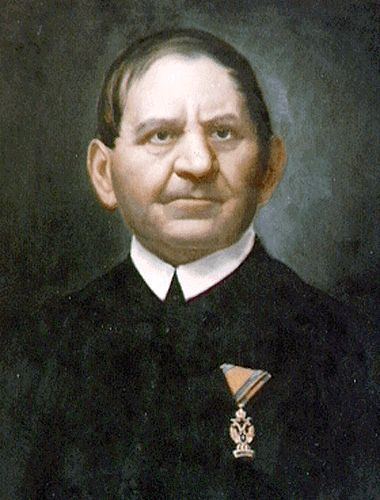
He was born in Szímő, Kingdom of Hungary (today Zemné, Slovakia). His mother was a member of a Hungarian noble family, while his father's family was of Slovak origin moving in 1720 from Liptov County (previously Liptó) to Zemné (previously Szímő).
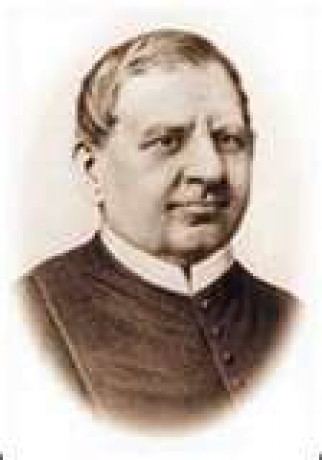
Jedlik's education began at high schools in Trnava (previously Nagyszombat) and Pressburg (today Bratislava). In 1817 he became a Benedictine, and from that time continued his studies at the schools of that order, where he was known by his Latin name Stephanus Anianus. He lectured at Benedictine schools up to 1839, then for 40 years at the Budapest University of Sciences department of physics-mechanics. Few guessed at that time that his activities would play an important part in bringing up a new generation of physicists. He became the dean of the Faculty of Arts in 1848, and by 1863 he was rector of the University. From 1858 he was a corresponding member of the Hungarian Academy of Sciences and from 1873 was an honorary member. After his retirement he continued working and spent his last years in complete seclusion at the priory in Győr, where he died.
Scientific work
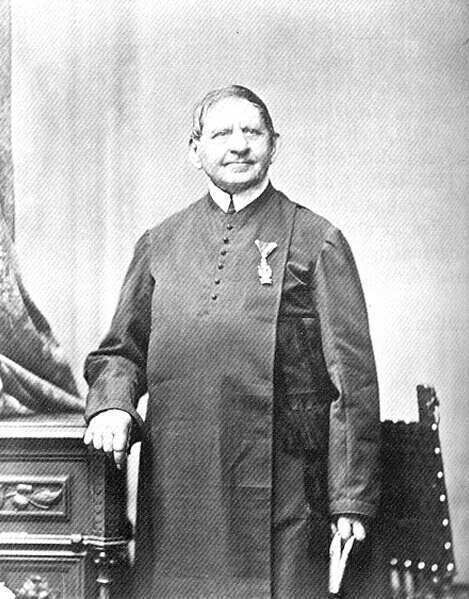
In 1827, Jedlik started experimenting with electromagnetic rotating devices which he called lightning-magnetic self-rotors, and in 1828 he demonstrated the first device which contained the three main components of practical direct current motors: the stator, rotor, and commutator. In the prototype both the stationary and the revolving parts were electromagnetic. The first electromotor, built in 1828, and Jedlik's operating instructions are kept at the Museum of Applied Arts in Budapest. The motor still works perfectly today. However, Jedlik only reported his invention decades later and the true date of it is uncertain.
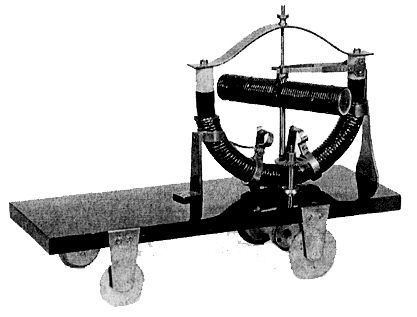
He was a prolific author. In 1845, Jedlik was the first university professor in the Kingdom of Hungary who began teaching his students in Hungarian instead of Latin. His cousin Gergely Czuczor, a Hungarian linguist, asked him to create a Hungarian technical vocabulary in physics, the first of its kind, by which he became one of its founders.
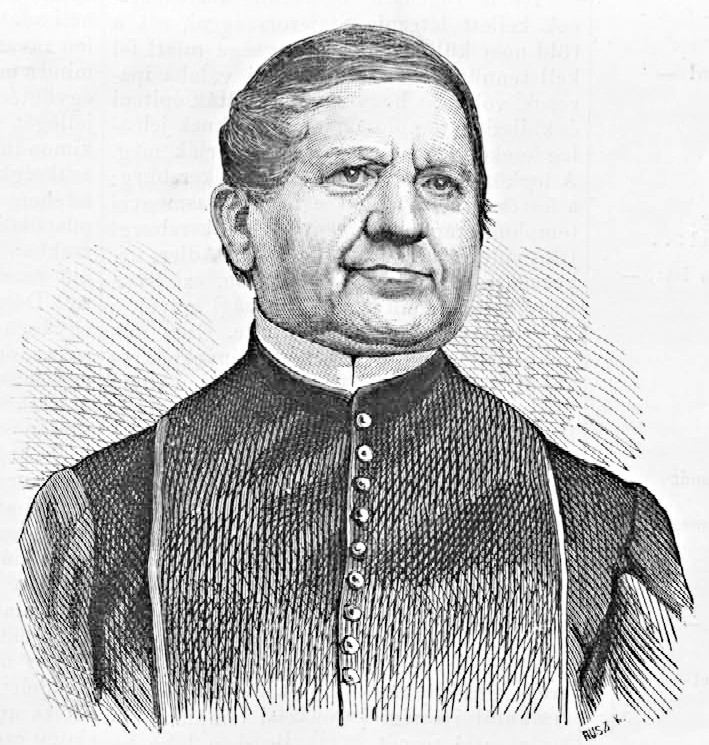
In the 1850s he conducted optical and wave-mechanical experiments, and at the beginning of the 1860s he constructed an excellent optical grate.
He was ahead of his contemporaries in his scientific work, but he did not speak about his most important invention, his prototype dynamo, until 1856; it was not until 1861 that he mentioned it in writing in a list of inventory of the university. Although that document might serve as evidence of Jedlik's being the first dynamo, the invention of the dynamo is linked to Siemens's name because Jedlik's invention did not rise to notice at that time.
In 1863 he discovered the possibility of voltage multiplication and in 1868 demonstrated it with a "tubular voltage generator", which was successfully displayed at the Vienna World Exposition in 1873. It was an early form of the impulse generators now applied in nuclear research. The jury of the World Exhibition of 1873 in Vienna awarded his voltage multiplying condenser of cascade connection with a prize "For Development". Through this condenser, Jedlik framed the principle of surge generation by cascaded connection. (The cascade connection was an other important invention of Ányos Jedlik)
Dynamo invention
Jedlik's best known invention is the principle of dynamo self-excitation.
In 1827, Jedlik started experimenting with electromagnetic rotating devices which he called electromagnetic self-rotors.
In the prototype of the single-pole electric starter, both the stationary and the revolving parts were electromagnetic. In essence, the concept is that instead of permanent magnets, two opposed electromagnets induce the magnetic field around the rotor. He formulated the concept of the self-excited dynamo about 1861, six years before Siemens and Wheatstone.
As one side of the coil passes in front of the north pole, crossing the line of force, current is induced. As the frame rotates further the current diminishes, then arriving at the front of the south pole it rises again but flows in the opposite direction. The frame is connected to a commutator, thus the current always flows in the same direction in the external circuit.
